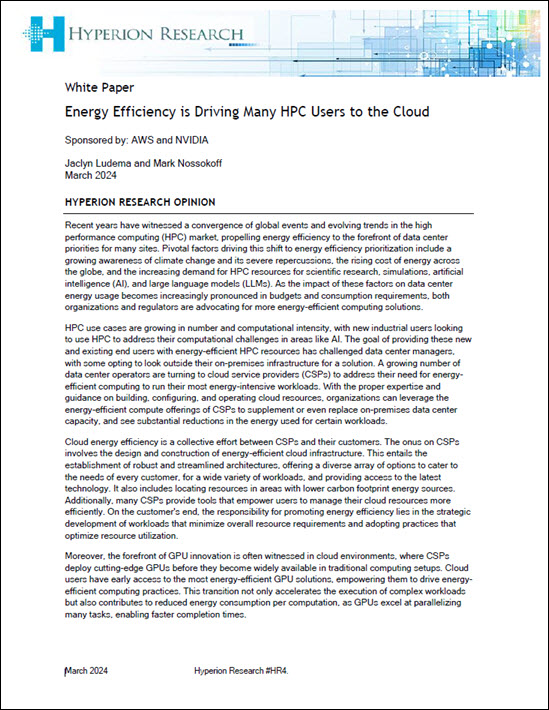SanDisk, manufacturer of your favorite USB sticks, has announced that it will sell its solid-state 32GB SATA disks through select distribution parnters. These disks were previously only available to PC manufacturers as a replacement for their standard, 2.5″ SATA laptop drives. [Read the full article here]
Now, I understand this has very little direct correlation with traditional high performance computing. However, I pose a question to the industry at large. Given the ever-present concerns with density, reliability and power utilization, when are we going to see an ultra-dense SAN/NAS offering based on solid-state disks? Following John West’s post on the five largest SAN infrastructures in the world [three of which were HPC facilities in the US], I see no obvious barriers to using solid-state disks such as these for large storage operations [and no, I’m not ignoring Texas Memory Systems :-)].
Ladies and gentlemen, think of a storage device populated with disks with near zero seek time, no moving parts in an ultra-dense footprint. Salivating yet?
Please… feel free to comment, but no throwing fruit [oranges and apples eat bandwidth].




Flash memory has wear effects during writes that must be taken into account. In addition write speed is not very fast so it is a tradeoff. As always.
Flash memory used to have poor write speeds, but the technology has improved significantly. And the wear effects are largely mitigated by write-balancing algorithms.